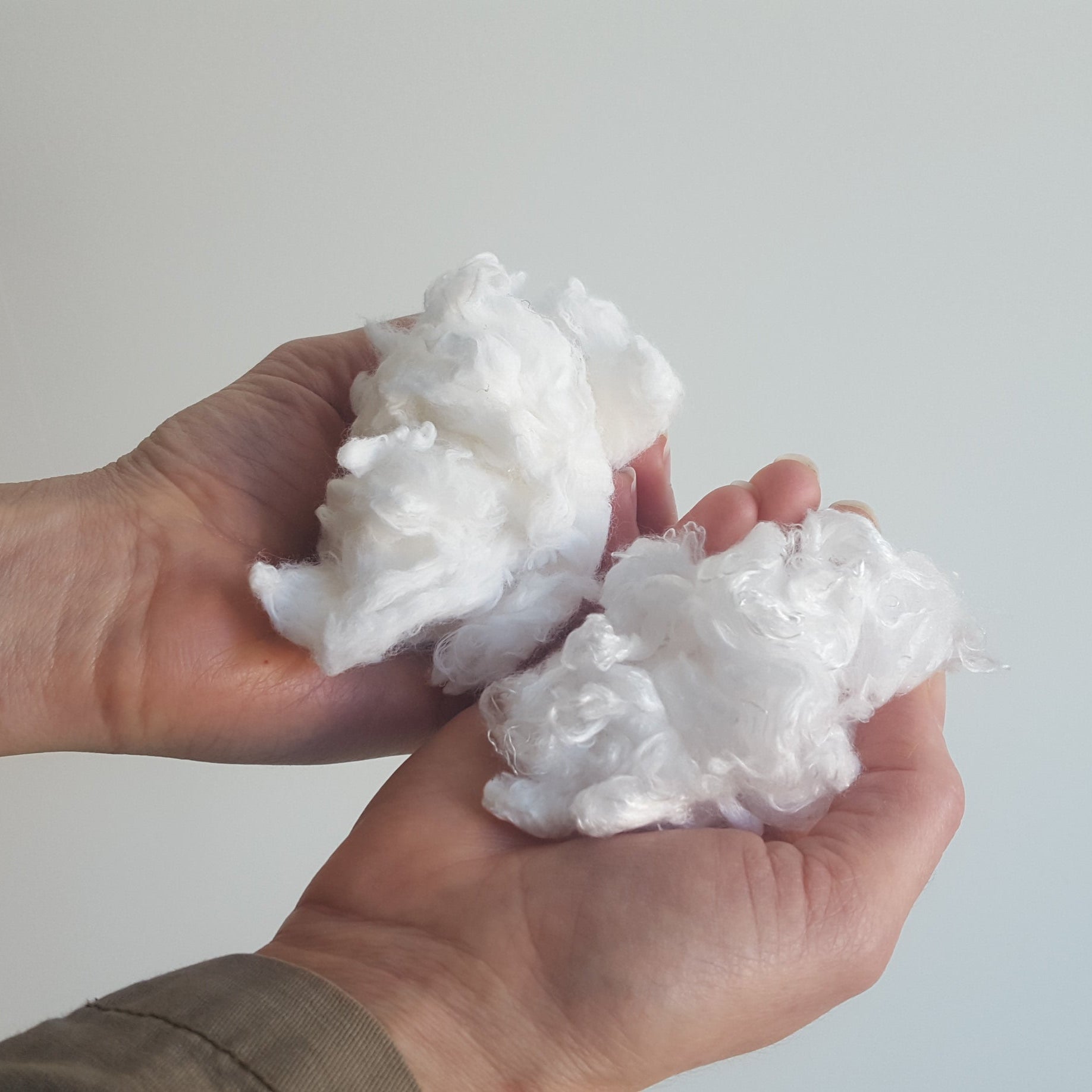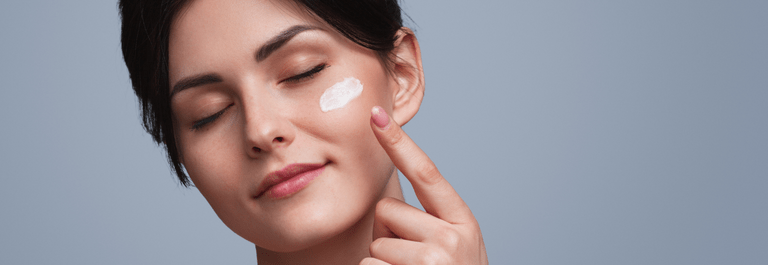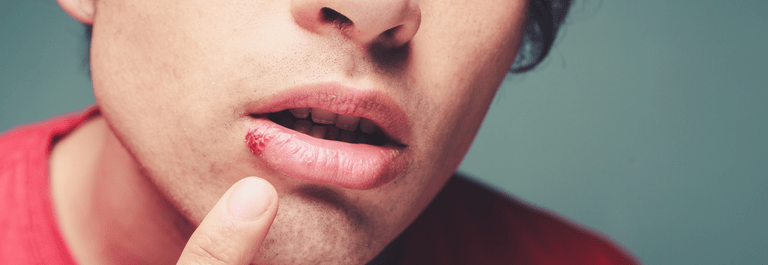The problem of chafing, whether mild or severe, can be a big pain. Imagine the uncomfortable sensation of friction against skin or clothing – often occurring in our most sensitive areas. Chafing can lead to welts or rashes, as well as redness and irritation.
In the post, we explore everything you need to know about chafing including:
- What causes chafing?
- Prime areas where chafing occurs
- Natural remedies to soothe chafed skin
Read on to learn more about chafing and what you can do to ease the discomfort and pain associated with it.
What is Chafing?
Chafing is redness, irritation, and discomfort that results when the skin rubs together and causes friction. Because of this, it often affects a few key areas. These include the armpits, buttocks, inner thighs, groin, and even the nipples. Doctors refer to intense cases of chafed skin as ‘friction burn’.
Causes of Chafing
As we mentioned, chafing occurs when the skin rubs together and causes friction. It often happens when there is sweat and humidity mixed into the equation too. While the skin is the body’s protective barrier, it can break down when it’s overworked. This constant friction, combined with moisture, results in chafing.
Here are some potential reasons and situations that can lead to chafing:
Being Overweight
Carrying excess weight in the arms, abdomen, and thighs can increase the likelihood of the skin rubbing against itself and causing irritation
Running
If you’re a runner, you may have experienced itchy legs and chafing due to the combination of sweaty skin, clothing, and the repetitive motion of running.
Diapers
Diapers that are wet, too tight, or too small can cause chafing.
Tight Clothing
Certain fabrics, including polyester, nylon, or rayon, can rub against sensitive skin and cause chafing. This is especially true if clothing like bras and underwear is too tight.
Breastfeeding
Breastfeeding mothers may experience chafing because of moisture on the nipples and wearing a nursing bra.
How to Soothe Chafed Skin
To help heal your chafed skin overnight, check out these natural remedies and skin solutions:
Avoid touching the area
You may be tempted to touch or scratch the itchy area, but this will do more harm than good. Give your body a chance to heal by leaving the impacted area alone.
Don’t use scented skincare
Smelly creams with added fragrance or perfume can cause stinging or irritation because of the chemicals or harsh ingredients they contain – ouch!
Keep the area cool
Keep the affected area as cool as possible by positioning yourself in front of a fan or using an ice pack.
Apply a Natural Cream Before Bed
Applying a restorative cream like our Organic Manuka Skin Soothing Cream before bed can help soothe itchiness and help heal the skin. Let the 100% natural ingredients do their work.
Comfortable Clothing for Chafed Skin
Certain clothing can help mitigate the uncomfortable effects of chafing. Our Remedywear garments are made with breathable fabric that contains moisture-wicking properties. This makes them the perfect choice to wear all day or night long without having to worry about sweaty irritation.
Legs
Our Remedywear™ Long Pants for kids and adults protect skin on the thighs, legs, and buttock. Made with TENCEL and embedded with anti-inflammatory zinc, they protect skin from scratching while also boosting the healing process.
Groin/Buttocks
For men, check out these Remedywear™ Boxer Briefs. The stretchy, hypoallergenic fabric stays in place without any uncomfortable rubbing, pinching, or sliding. They also offer moisture-wicking sweat control to protect the skin against chafing.
Armpits
For chafing in the armpits, give our Remedywear™ Long Sleeve Shirt for adults and kids a try. With antibacterial and anti-microbial properties, they help soothe and heal sensitive skin. And with their form-fitting design, they truly fit like a second skin.
Breasts
Our Remedywear™ Hypoallergenic Bra offers light support while soothing sensitive skin on the breasts and nipples. Wear it to prevent or heal from chafing.










